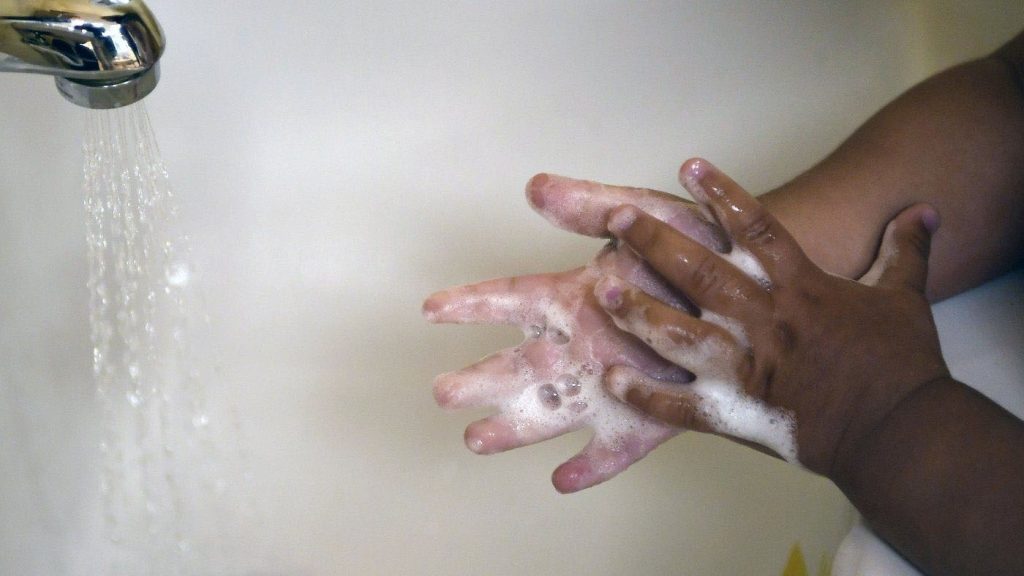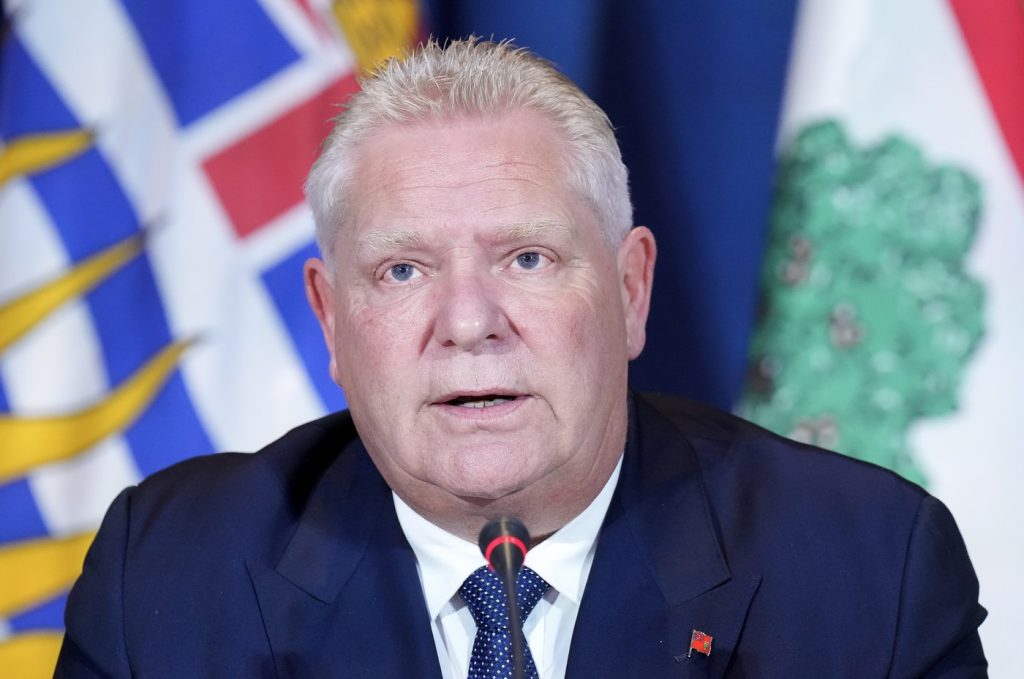Work underway to identify Indigenous graves at forgotten Toronto cemetery
Posted August 3, 2023 4:26 pm.
Last Updated August 3, 2023 7:47 pm.
WARNING: This story contains distressing details.
For decades, the former Lakeshore Psychiatric Hospital’s nearby cemetery was an overgrown field of broken-down tree limbs. Forgotten limbs from family trees.
Today, the rolling green grass is freshly maintained, dotted with small, plastic flowers in many colours.
The plot of land tucked between the busy Gardiner Expressway and a strip of commercial businesses in Etobicoke is the final resting place for 1,511 people. Most lie beneath the earth without any remaining trace.
“I can’t believe she’s been here my whole life,” says Anishinaabe journalist and author Tanya Talaga. “I mean how many times was I on the Gardiner.”
Talaga’s great-great-grandmother Annie Gauthier rests in the cemetery. Talaga brought cedar from her garden to mark Annie’s gravesite.
“I think that maybe she’d appreciate this.”
Annie is among several Indigenous people buried here unnamed, lost and without ceremony. All died at the former asylum, now a Humber College campus, and were placed in plots in a nearby field between 1890 to 1974.
Talaga’s family always knew Annie was a patient but didn’t know the location of her remains. She had lived at the facility for seven years before she was gone.
“No one phoned, no one said would you like her back?”
A forgotten cemetery, forgotten no longer
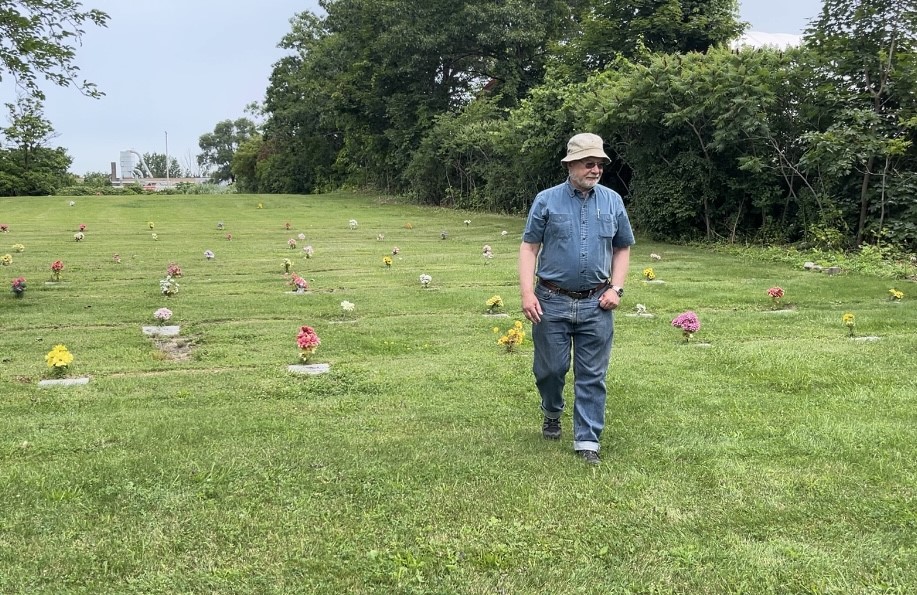
Ed Janiszewski has matched names to every unmarked grave at the Lakeshore Psychiatric Hospital Cemetery.
When CityNews met Ed Janiszewski at the cemetery, he was carrying a backpack filled with a thick folder of charts and maps related to the grounds. No one knows them better than Janiszewski. He’s responsible for restoring the site.
“The focus was to give some dignity back to these people who had been forgotten perhaps,” he said. “To have seen this place abandoned like that was distressing to say the least.”
Janiszewski worked for the Lakeshore hospital before it closed in 1979. It was almost 20 years later when he discovered burial records for a cemetery he didn’t know existed. With unwavering perseverance, he’s identified every sunken grave. All 1,511 of them.
“Now the process is trying to reach out to family members to ask them how they want to proceed.”
This has become his life’s work, helping families like Talaga’s reclaim their lost loved ones. So far, Janiszewski has independently confirmed 10 of those names as belonging to people from Indigenous communities.
“The hospital back in the 30s and 40s had been focused on northern Ontario, servicing that area, before being a more localized hospital. That gave a good clue that there would be a lot of Indigenous people who’d been brought here.”
Matching names to communities
Over the years, Janiszewski developed a database that’s now helping to inform the work of Ontario’s Office of the Chief Coroner.
A team working under the direction of Dr. Dirk Huyer is currently reviewing deaths that may be related to residential schools, at the request of Indigenous communities, and his office’s own “Unidentified Remains” files.
A researcher was hired in June to exclusively focus on the Etobicoke site. She’s currently going through the 1,511 names Janiszewski has collected, with a focus on answering the questions central to any death investigation.
“Who died, where they died, when they died, what was the cause of death?” said Huyer. “And we’ve added in ‘where are they buried?’”
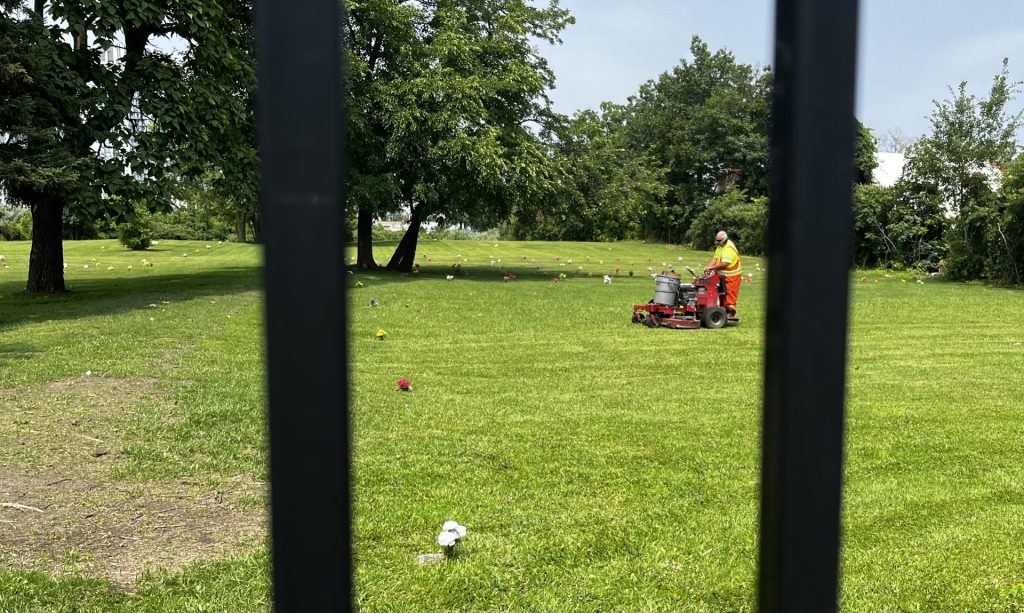
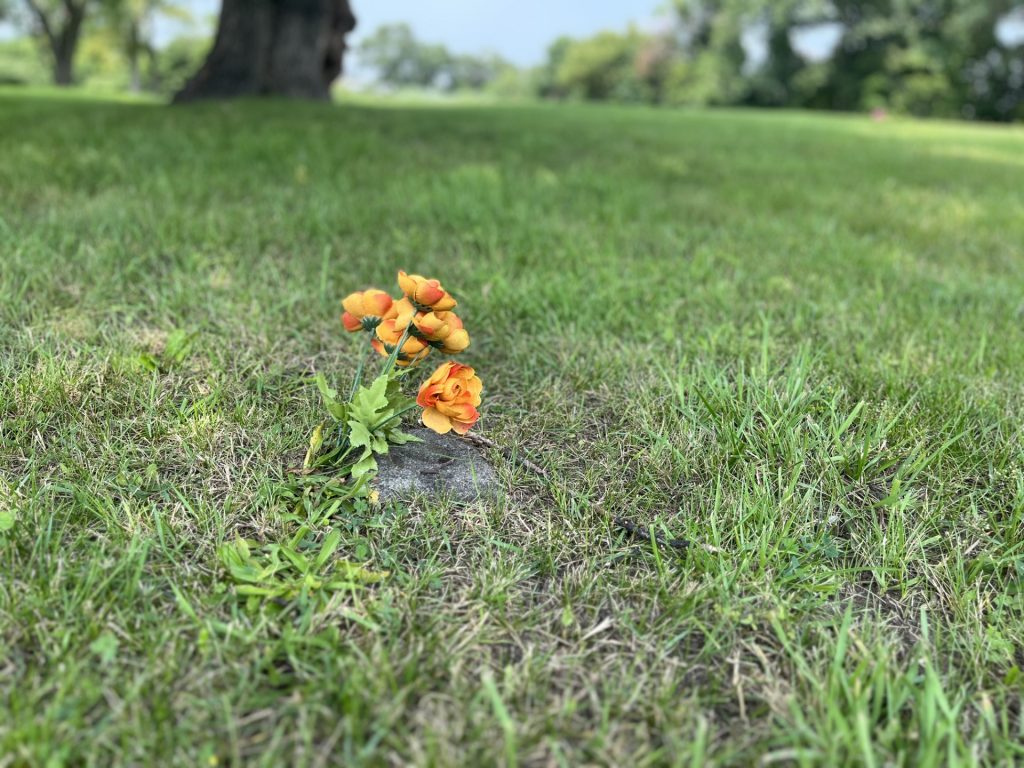

Together with the Anishinabek Nation and Nishnawbe Aski Nation, the coroner’s office is evaluating records to determine if any people and children from their communities are buried at the Lakeshore cemetery.
“At this time, we don’t know,” Huyer told CityNews. “We want to take as much time as necessary to be able to provide those answers.”
The office of Canada’s special interlocutor on unmarked graves, Kimberly Murray, is also part of the working group trying to understand where those names came from.
A report released by Murray in June described abuses at the asylum with treatments including “electroshock therapy, insulin shock therapy and lobotomies.”
She told CityNews in an interview what’s known about provincial hospitals across Canada is a reminder that the horrors of colonial violence extend far beyond residential schools.
“What we’re learning as we do the research of the 1,500 individuals buried [at the Lakeshore cemetery] is that they were taken from all over” she said. “That’s an extraordinary amount of money to take these individuals down to these institutions.”
Yet as Murray noted, there is reluctance from the governments of today to provide funding to search the grounds of non-Indian residential school institutional sites.
“We really need to call on all governments to put the resources in to support those families, if they want to mark those graves, if they want to come down and visit the burial site of their loved one, or if they want to exhume the individual and bring them back to their home territories.”
‘Do you know where all your relatives are? We don’t.’
Annie Gauthier was born in Fort Albany along the James Bay coast over 2,000 kilometres north of where she now lays, Talaga says.
“Annie is one of the many thousands of Cree, Anishinaabe, Haudenosaunee, First Nations women that were taken in this country.”
Taken, and waiting to be found. Thanks to Janiszewski, Annie has been found. Talaga is grateful to Janiszewski, and hopes his work continues to be supported and expanded so that other lost ancestors can also be found.
“Our people are everywhere and it’s time to bring them home, that’s what this is about,” said Talaga. “This is just the beginning.”

